Only the X2 parts of the PICAXE family support I2C slave compatibility, but I need to have an 08M2 to act as an I2C slave on a board that I have. Unfortunately I don't have the option of changing micro-controller or making a new board.
I've been reading up on how the I2C protocol works and have found some code which may help, but haven't got any further. Has anyone done a similar thing before? If anyone has some example code which works which I can go from it would be fantastic.
